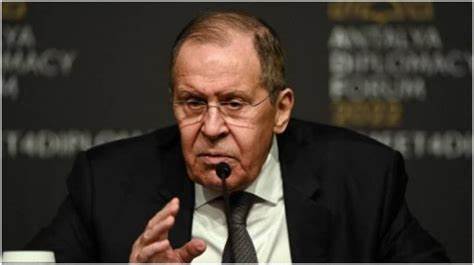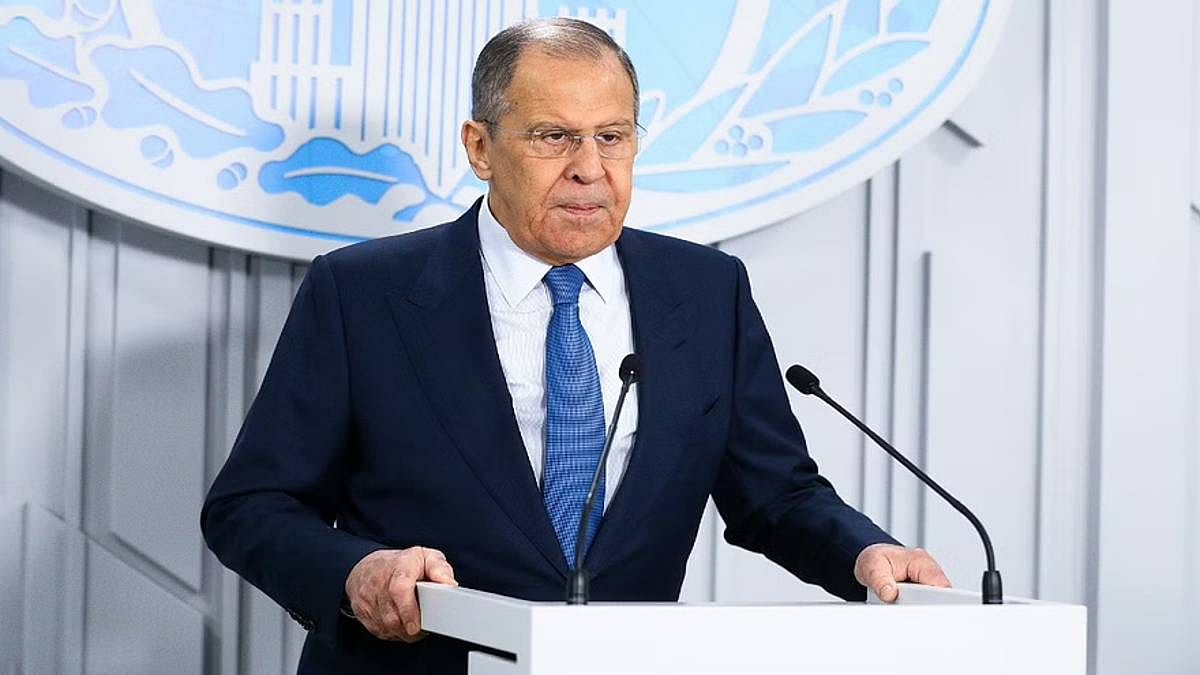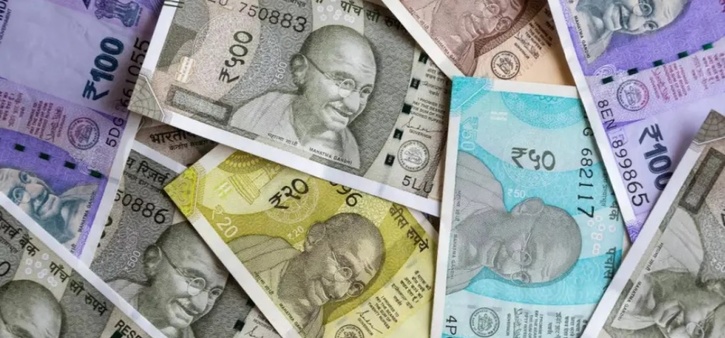India proposed investment options for Russia’s rupee pile-up problem: Sergei Lavrov

India proposed investment options for Russia’s rupee pile-up problem: Sergei Lavrov
Russia’s Foreign Minister, Sergei Lavrov, emphasized during a briefing in New Delhi that Moscow has substantial funds in the form of rupees stored in Indian banks, but currently, these funds remain unused. However, he noted that India has put forward proposals for how this money can be effectively invested. Lavrov’s comments were made following the conclusion of the two-day meeting of G20 leaders held under India’s presidency on September 10.
The discussion around potential investments and utilization of these rupee reserves reflects the evolving dynamics of economic and financial relations between India and Russia. Both countries are exploring avenues to leverage these funds for productive purposes and to strengthen their economic ties. The specifics of how these funds will be invested and utilized will likely be worked out through ongoing negotiations and cooperation between the two nations.

In the past, India and Russia had agreed to settle their trade in rupees, establishing a framework for such transactions. However, the system did not yield the expected results, as Moscow accumulated a surplus of billions of rupees due to a significant increase in New Delhi’s oil imports, leading to a growing trade deficit.
The discussion around finding suitable ways to utilize these funds reflects the complexities of international trade and finance, as well as the desire of both countries to explore mutually beneficial investment opportunities and solutions. It remains to be seen how India and Russia will proceed in leveraging these funds for productive purposes.

India’s imports from Russia, its second-largest source of imports, saw a significant increase of 132 percent in the April-June period, reaching $16.04 billion. This surge was primarily driven by New Delhi’s substantial oil purchases from Moscow, as reported in the latest official figures.
While the G20 Leaders’ Summit may not have provided ample time for detailed discussions on bilateral matters, Russian Foreign Minister Sergei Lavrov indicated that he had engaged in discussions on bilateral issues with his Indian counterpart, S Jaishankar, on the sidelines of the ASEAN Summit earlier in the week. The 43rd ASEAN Summit took place in Indonesia from September 6 to 7.

Lavrov’s recent mention of Russia’s concerns over accumulating Indian rupees is not the first instance of this topic being raised. In May, he had informed reporters on the sidelines of the Shanghai Cooperation Organization (SCO) meeting in Goa that both countries were exploring ways to convert the rupees accumulated by Moscow into another currency. This issue underscores the complexities associated with international trade and currency management between nations.
The options being offered to Russia for investing its accumulated rupees could potentially align with the framework for settling international trade in rupees introduced by the Reserve Bank of India (RBI) in July 2022.
Under this framework, any surplus Indian Rupees (INR) held in Vostro accounts can be utilized for permissible capital and current account transactions. These transactions may include payments for projects and investments, management of export and import advances, and investments in government securities, subject to specified limits and guidelines.

To facilitate overseas trade in rupees and ensure the continuous flow of crude oil, Indian lenders had established special Vostro accounts at Russian banks, including Sberbank PJSC and VTB Bank PJSC.
By leveraging the RBI’s framework, Russia could explore various investment opportunities and avenues for deploying the accumulated rupees in accordance with the prescribed guidelines and regulations. This approach aims to find productive uses for the funds while adhering to the principles of international trade and finance.
In response to the Reuters report from August 1, which revealed that Russia had predominantly invested its surplus rupees in short-term treasury bills rather than longer-duration government bonds, the Reserve Bank of India (RBI) took proactive measures to address concerns about a potential withdrawal of Russian investments in Indian government securities. On August 10, the RBI issued a statement aimed at reassuring the market and investors.
The RBI’s statement emphasized that it did not expect any negative repercussions on the domestic liquidity situation or the exchange rate of the rupee as a result of potential outflows of funds from Russian investments. This proactive communication was intended to bolster confidence in India’s financial markets and underscore the central bank’s commitment to maintaining financial stability amid changing global economic and geopolitical dynamics.
By providing this assurance, the RBI aimed to mitigate any undue concerns and to demonstrate its capacity to manage the impact of shifts in foreign investments, including those originating from Russia. This approach reflects the RBI’s role as a guardian of India’s financial system and its dedication to ensuring the resilience and stability of the nation’s economic environment.
The central bank’s reassurance was aimed at maintaining stability and confidence in the Indian financial markets and highlighting its ability to manage the impact of changes in foreign investments, including those from Russia. It reflects the RBI’s commitment to ensuring that the country’s financial system remains resilient in the face of various economic and geopolitical developments.



